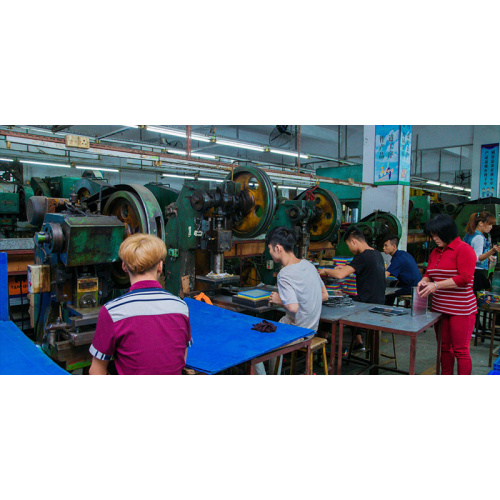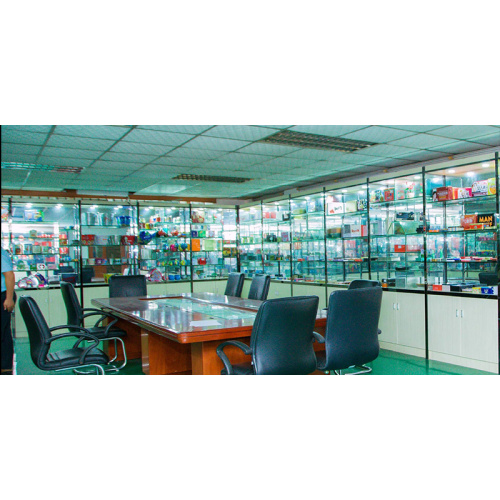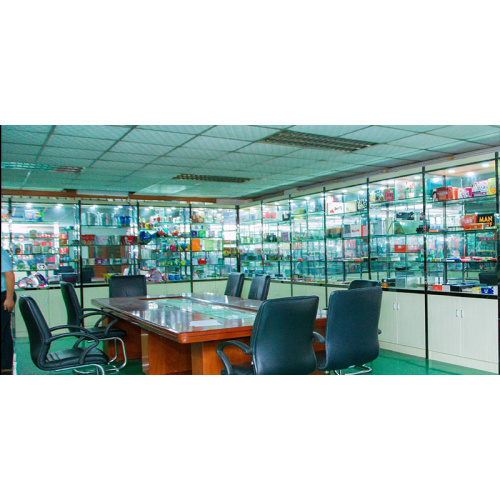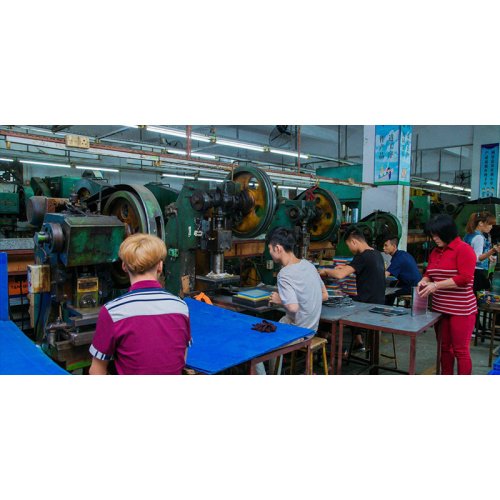Metal Packaging materials Metal resources are abundant, there are many varieties, and the reliability of packaging is strong. At present, Metal Packaging materials occupy third place in China, Japan and Europe, and second in the United States. Therefore, the research of metal packaging materials plays an important role in the study of packaging materials.
The history of the development of metal packaging materials The application of metal packaging materials began in the year 1200. In the late 17th century, tinplates were used to make metal barrels for dry foods. In the 18th century, people began to use food cans to store food. In 1810, the British Peter Durand invented the technology of using Tinplate cans to store foods. From then on, tin cans were born. After the World War II, due to shortage of tin resources, people developed tin-making materials with less tin plating or tin-free materials. Tin plates and Wuxi thin steel plates have come out one after another. Modern advanced three-piece can-making cans mostly use seam welding and bonding instead of soldering cans. It has broad development prospects. Common metal packaging materials Metal packaging materials Low-carbon thin Tin plated steel sheet Chrome plated steel sheet Non-tinned steel sheet Galvanized steel sheet aluminum alloy [Colored business opportunities: Aluminium alloy ] Sheet metal and aluminum foil Aluminized steel sheet (A) Low-carbon steel sheet Carbon steel with less than 0.25% carbon content The alloy is called low-carbon steel, and the thin steel plate made of low-carbon steel is called low-carbon steel. The low-carbon thin steel plate used for making packaging containers in China has ordinary carbon structural steel low carbon steel sheet and high-quality carbon. Steel low-carbon steel sheet. When the mechanical properties of metal packaging containers are not high and do not need to withstand deep drawing can be used ordinary carbon structural steel low carbon steel sheet. Common steel No. A2, AY2, A3, AY3 and so on. (2) Tin-plated steel sheet, also known as tinplate Tinplate tinplate, tinplate tinplate tinplate, tin-coated low-carbon steel sheet on both sides. Hot-dip tinplate called hot-dip process tin plating; The process of tin plating is called tin plating; the tin plating of applied paint is called paint tin plating (coating of iron); the tin plating of paint (coating of iron) is not called electroplated tin plating [plating Tin plate structure] (C) Non-tinned thin steel plate Due to the low resource of tin metal, the cost of tin-plated thin steel plate is high. In order to reduce costs, people have been trying to develop a substitute for tin-plated steel plate, resulting in non-tin plating Thin steel plate. Non-tinned steel sheet chrome plated galvanized sheet aluminum plate [Colored business opportunities: aluminum specifications ] [chrome plated steel] chrome plated structure chrome plated steel plate, also known as chromium-free tin steel plate, referred to as chrome plate, TFS plate. The price of the board is about 10% lower than that of tinplate. It is the lowest price among the materials used to make food cans. Is its corrosion resistance is still not as good as tin plate, is mainly used for less corrosive beer cans, beverage cans and food cans and other bottom cover, joints need to use welding and bonding method. (4) aluminum Alloy sheet and aluminum foil rust-proof aluminum platinum vacuum packaging bag rust-proof aluminum platinum packaging film [Main advantages of aluminum] The main advantages of aluminum] Suitable for food packaging Non-toxic, no metal odor will not cause the decomposition of protein sulfur content The natural aluminum oxide film prevents oxidation and has excellent thermal conductivity, which is conducive to heat sterilization and freezing of food cans.
Metal packaging material has high performance advantages and high strength. It has unique luster, easy printing, and well-protected comprehensive protective performance. Metal packaging materials are rich in resources, good processing performance. Metal cans have a long history of production, the process is more mature defects in metals and solder Pb, As Such as easily penetrate into food, contaminate food; In addition, metal ions will also affect the flavor of food. When the metal container uses phenolic resin as the inner wall coating, if the processing process is not appropriate, it will also affect the quality of food.

Privacy statement: Your privacy is very important to Us. Our company promises not to disclose your personal information to any external company with out your explicit permission.









